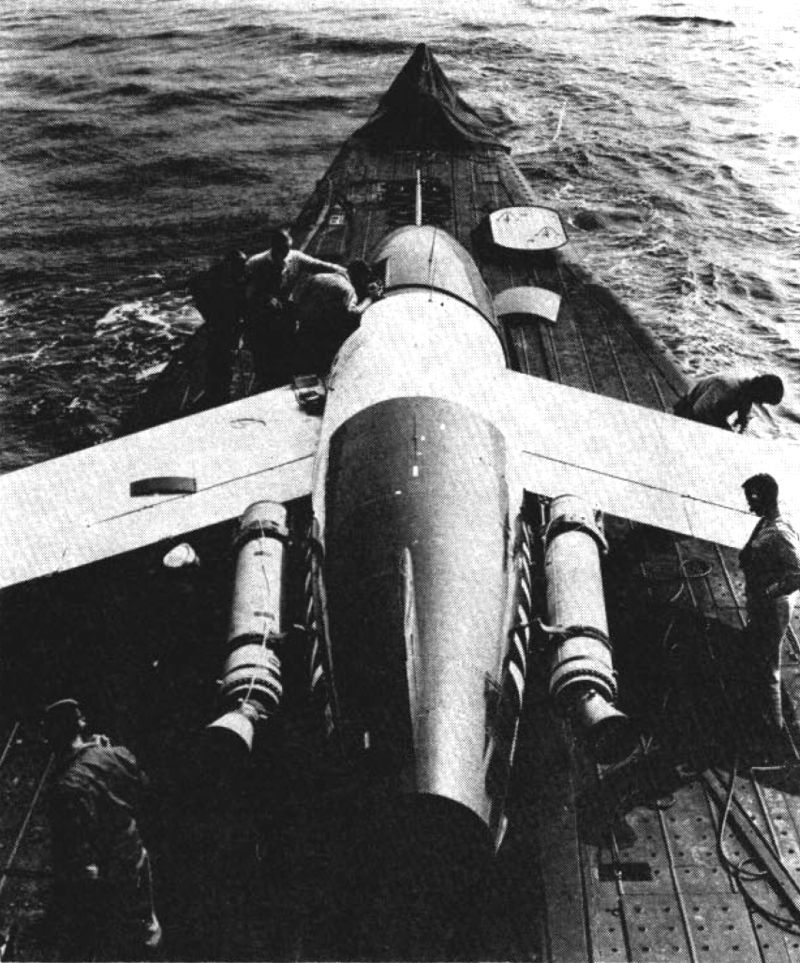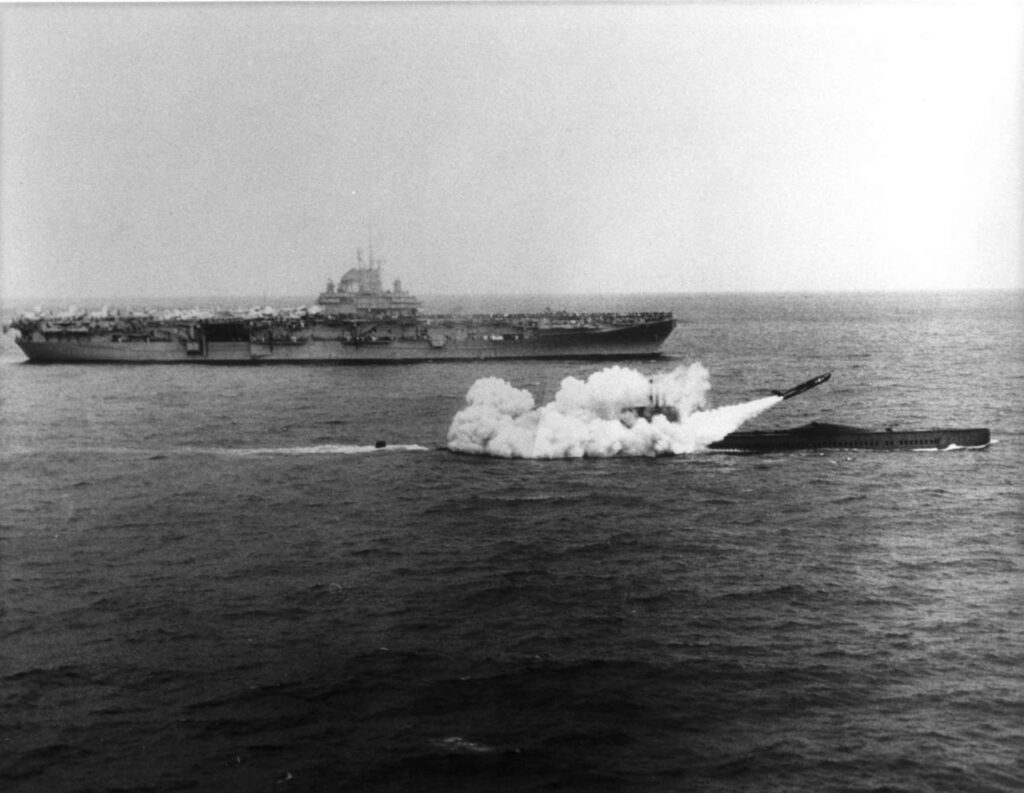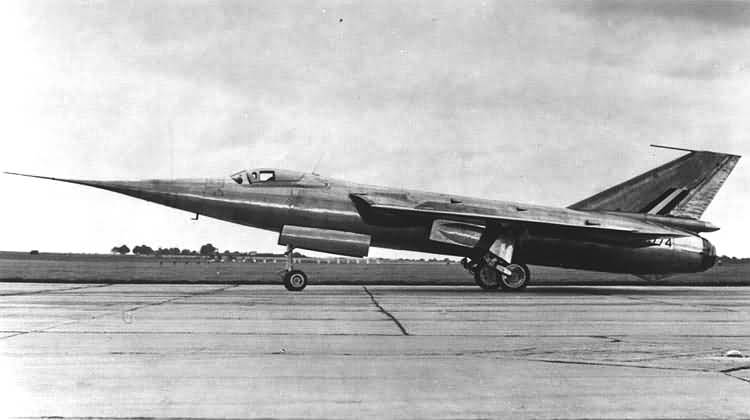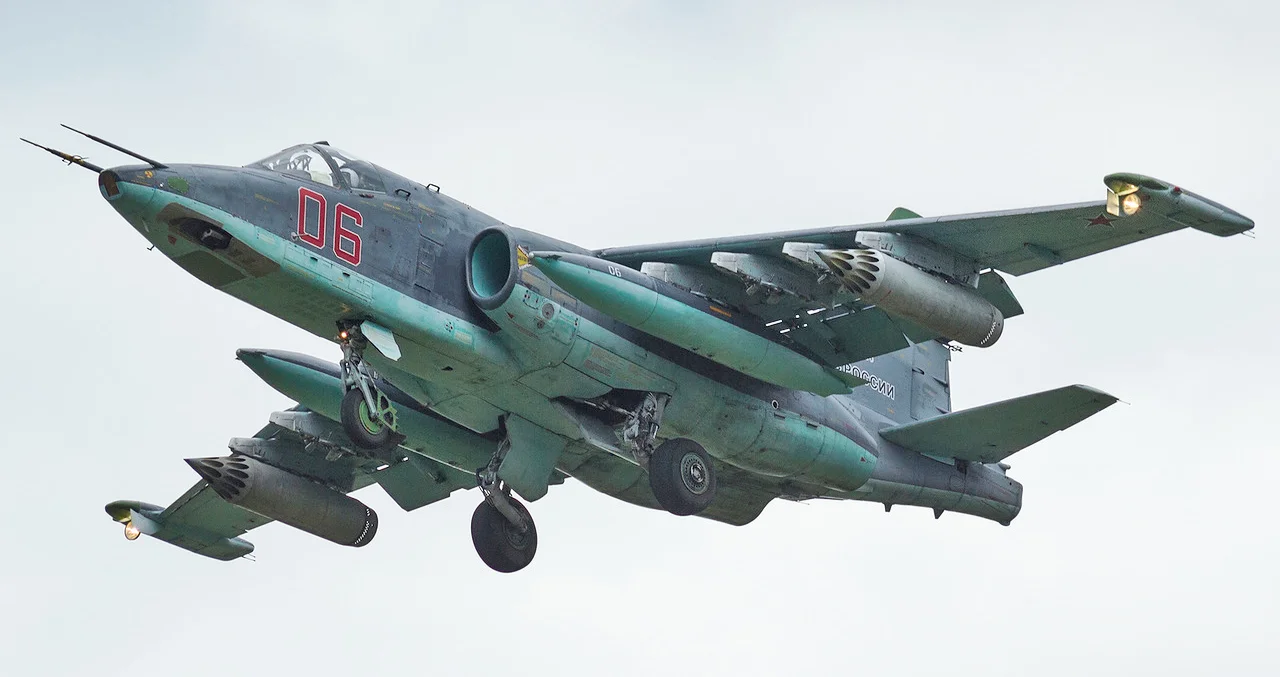The SSM-N-8 Regulus developed in 1951 was the first cruise missile design to be successfully mass produced and deployed with the United States Navy. The missile was powered by a turbojet engine and was deployed into service instead of the JB-2 cruise missile due to its more advanced capabilities.
Despite political pressure for the United States Navy to use the Matador missile which had been developed for the United States Army Air Force, the navy resisted and went ahead with the Regulus’ production.
This missile was considered a more advanced weapon due to its guidance system and range, but certain drawbacks with the guidance and launching method were discovered once the missile was placed into service. Although Vought attempted to address the issues with the second generation Regulus II missile, it was deemed obsolete due to the introduction of Intercontinental Ballistic Missile (ICBM) technology.
Nevertheless, the Regulus was credited as being an active nuclear deterrent during the early stages of the Cold War.
Contents
Origins
Towards the end of the Second World War, cruise missile technology was starting to be considerably researched and developed. Both the German and Allied powers began to explore missile and rocket powered weapons as an alternative to traditional bomber aircraft.
Germany developed the V-1, the first functional example of a cruise missile. The V-1 was an advanced weapon for its time that could cause havoc when it succeeded, but it also lacked a sophisticated guidance system and was more vulnerable to British anti-aircraft measures, so less than 20 percent of V-1’s found their intended target. Its size and weight also made it incapable of carrying anything more powerful than a standard conventional warhead.
Read More: British Aerospace EAP – Forefather of the Eurofighter
British and Allied intelligence supplied information on the German cruise missile program to the Americans.

In October 1943, the United States government explored developing their own cruise missile system and put out a specification to aircraft manufacturers. That same month and year, the government offered a research contact to the Chance Vought Aircraft Company to develop a new missile with a 300 mile range capability that could potentially be armed with a nuclear or conventional warhead.
The project ended up being delayed until after the war in the late 1940s.
The United States Army Air Force (USAAF) granted a contract to the Martin aircraft company to begin work on the MGM-1 Matador cruise missile.
The US Navy wanted to be on an equal or more advanced standing on missile development compared to USAF and began developing their own system that could be launched from a ship or a submarine.
An early attempt at making a cruise missile was conducted with the Republic-Ford JB-2 “Loon” missile which was closely based of the German V-1. The JB-2 was fitted with a more sophisticated guided system compared to the V-1’s and was put through shore and submarine launch trials. However, the JB-2 was ultimately surpassed by the Matador with its more advanced features.

In June 1946, Vought received another contract to develop what would become the Regulus.
Development
Development between Vought and the Navy officially began in 1947. Vought wanted to improve on the JB-2’s design by building a missile that had a longer range and nuclear capabilities.
The design team conceived the Regulus as 30 feet long with a 10 foot wingspan. Power was to be provided by an Allison J33-A-14 turbojet unit in the air, while two rocket boosters would enable the missile to become airborne.
Read More: Horten Flying Wing – Germany’s Jet Powered UFO
Early test versions of the missile were equipped with landing gear so technicians could recover and reuse the unit for further tests.
The missile was designed to carry either a 3,000-pound conventional explosive warhead or a 10 kiloton nuclear device.

Vought also wanted to improve the guidance system found in earlier examples of cruise missiles. They developed a system where the missile could be maneuvered towards the target by control systems installed in submarines and ships, or be flown remotely by a fighter pilot following behind the missile in their aircraft just after its launch.
Later, Vought fitted the missile with the new Trounce (Tactical Radar Omnidirectional Underwater Navigational Control Equipment) midcourse guidance system which meant the submarine crew could fly and guide the missile remotely.
The US government however asked the navy to consider using the Matador instead of developing an all new missile, given that both the Matador and the Regulus used the same engines and looked similar.

The navy insisted that the Regulus was better suited to their operations and was even superior to the Matador with its more advanced guidance and electronics systems, and the fact the Regulus’ boosters were built attached to the fuselage whereas the Matador’s had to be fixed separately before launch.
US naval command concluded that even though an individual Regulus test unit was more expensive to build and maintain, it was more cost effective to use for a series of tests. Vought underlined this by building a reusable version of the missile named the KDU-1, which could also be used as a target drone. The Regulus’ development continued and completed a successful test flight in March 1951.
The US navy subsequently awarded Vought a contract to mass produce the missile.
The first launch from a submarine was carried out in July 1953 from the deck of USS Tunny, a Second World War-era submarine that was modified to carry the Regulus.
Service
The Regulus was first deployed on board USS Tunny and her sister ship USS Barbero, another converted Second World War submarine. Both vessels served as the United States’ first nuclear deterrent patrol submarines with the Regulus on board.
By 1957, the missile was deployed on board ten Essex class aircraft carriers, four destroyers, and the two submarines.
Read More: Northrop XP-56 Black Bullet – Pusher Power
In 1958, two new submarines were built specially to carry the Regulus; the USS Greyback and the USS Growler, and these were entered into service shortly after. They were followed by the even larger USS Halibut, a nuclear powered submarine that was built with the capability of carrying up to five Regulus units.

All four of the Regulus-carrying submarines were based at Pearl Habor, Hawaii. American navy policy stated that four missiles must be at sea at any given time. The Barbero and Tunny, which carried two of the missiles each, would be sent out to sea at the same time. The USS Growler and Grayback (which carried four missiles each) and the Halibut with its five were permitted to go to sea alone.
Although the navy considered the Regulus an advanced weapon during its trial period, some drawbacks were found during its operational service. The missile itself was described as noisy and having a lot of drag following launches. To launch the missile, a submarine also had to surface and ready it for launch no matter what condition the sea was in, which could prove difficult when the ocean was rough.
The missile also required active radar guidance, and while its system was comparably more advanced, it only had a range of around 259 miles. The ship or submarine that had launched it had to remain stationary on the surface to guide it to the target while effectively being a sitting duck and advertising its location to the enemy.

The guidance system itself was also found to be prone to jamming after the missile’s launch, causing the Regulus to veer of course. Since the missile flew at a subsonic speed, the ship’s launch platform had to remain exposed and was therefore vulnerable to attack during its flight duration. If a Soviet or any kind of enemy bomber aircraft or ship destroyed the vessel that had launched the Regulus, the missile would effectively be neutralized in flight and go off course.
Read More: The XP-67 “Moonbat” – the Plane That Loved to Catch Fire
To rectify the issues, Vought designed the second generation Regulus II missile in 1956 which was intended as a long term replacement for the first model. The second Regulus model featured an entirely new and improved guidance system, had a longer range and could fly at supersonic speeds.
Vought intended that vessels fitted to carry the Regulus II would utilize the Ships Inertial Navigation System (SINS), allowing the missiles to be aligned accurately before launch.

Testing of the Regulus II took place throughout 1958 and one submarine launch was successfully carried out from the Grayback, but the project was shelved due to rising costs and politics. Only twenty of the Regulus II missiles ended up in service with most being withdrawn before completion.
In total, around 514 of the first and second generation missiles were built by Vought before production ceased in January 1959. It initially remained in service but was redesignated by the navy as the RGM-6 missile. It was officially removed from frontline service in August 1964 but continued to be used as a moving drone target at Eglin Air Force Base, Florida with the explosive components stripped out.
The arrival of the submarine based Polaris nuclear missile also rendered both models the Regulus obsolete, and further test ban treaties signed by both sides of the Cold War also limited the production and testing of new nuclear weapons.

Legacy
Despite its flaws and replacement by ICMBs, the Regulus provided the first true nuclear strategic deterrence force for the United States Navy during the earlier stages of the Cold War, especially during tense chapters such as the Cuban Missile Crisis.
Read More: Minesweeper Aircraft of the Second World War
Although later ICBMs such as the Polaris, Poseidon, and Trident effectively retired the Regulus, its cruise missile concept would later go on to influence newer missiles, such as the Tomahawk, which borrowed some of the Regulus’ principles and at the time of writing, continues to actively serve with the United States Navy.







